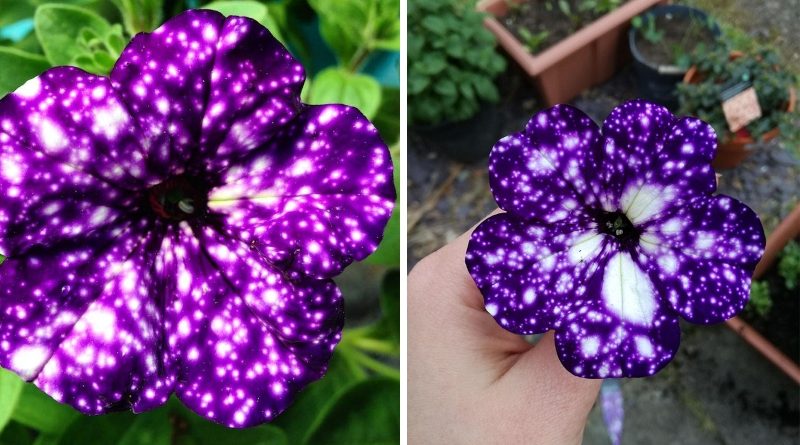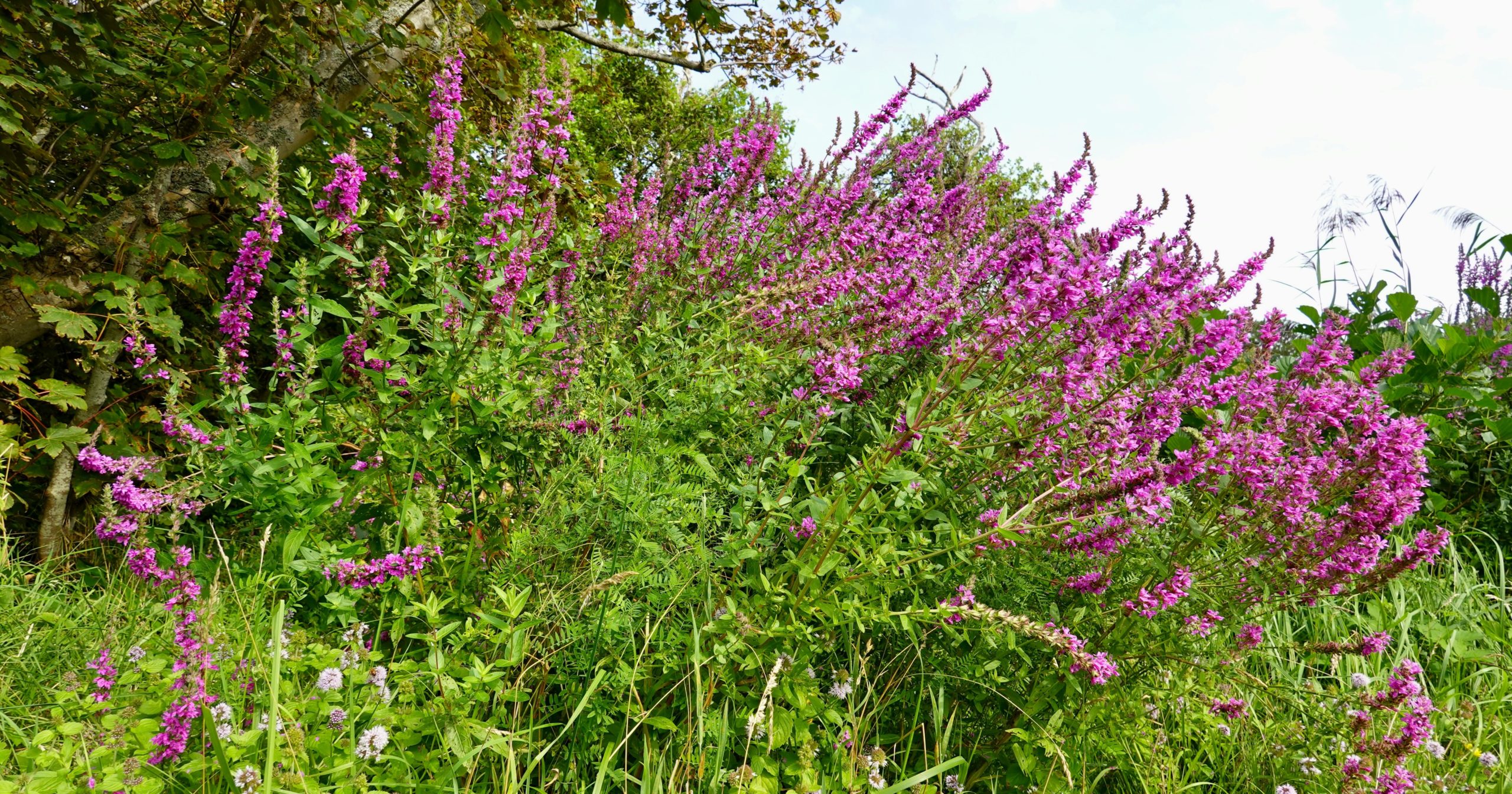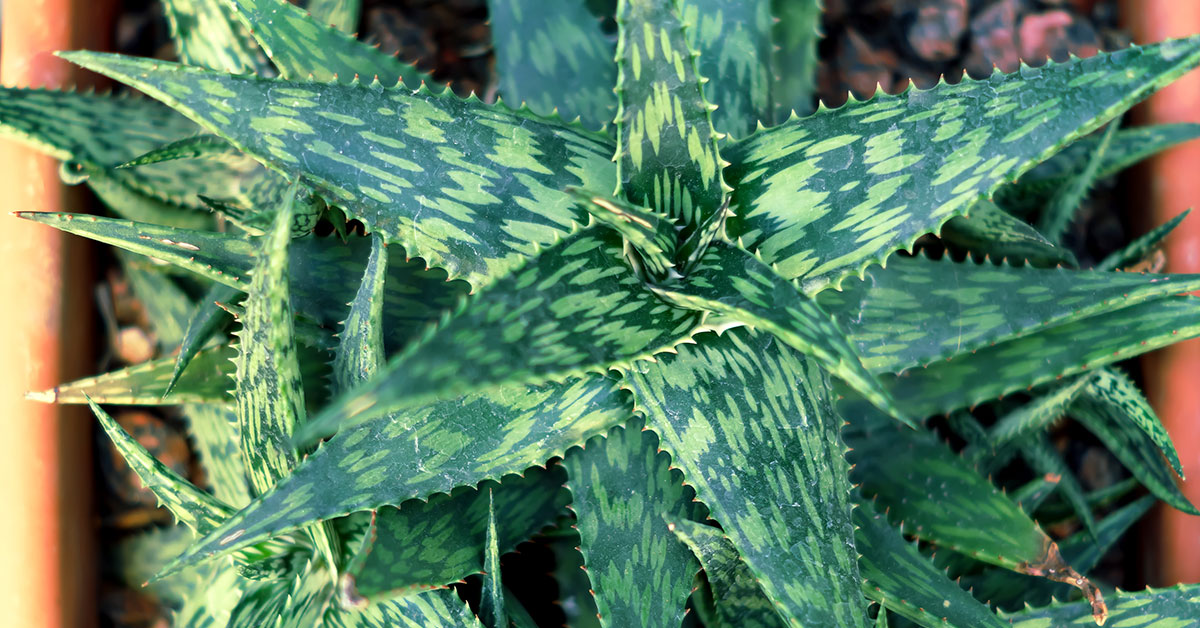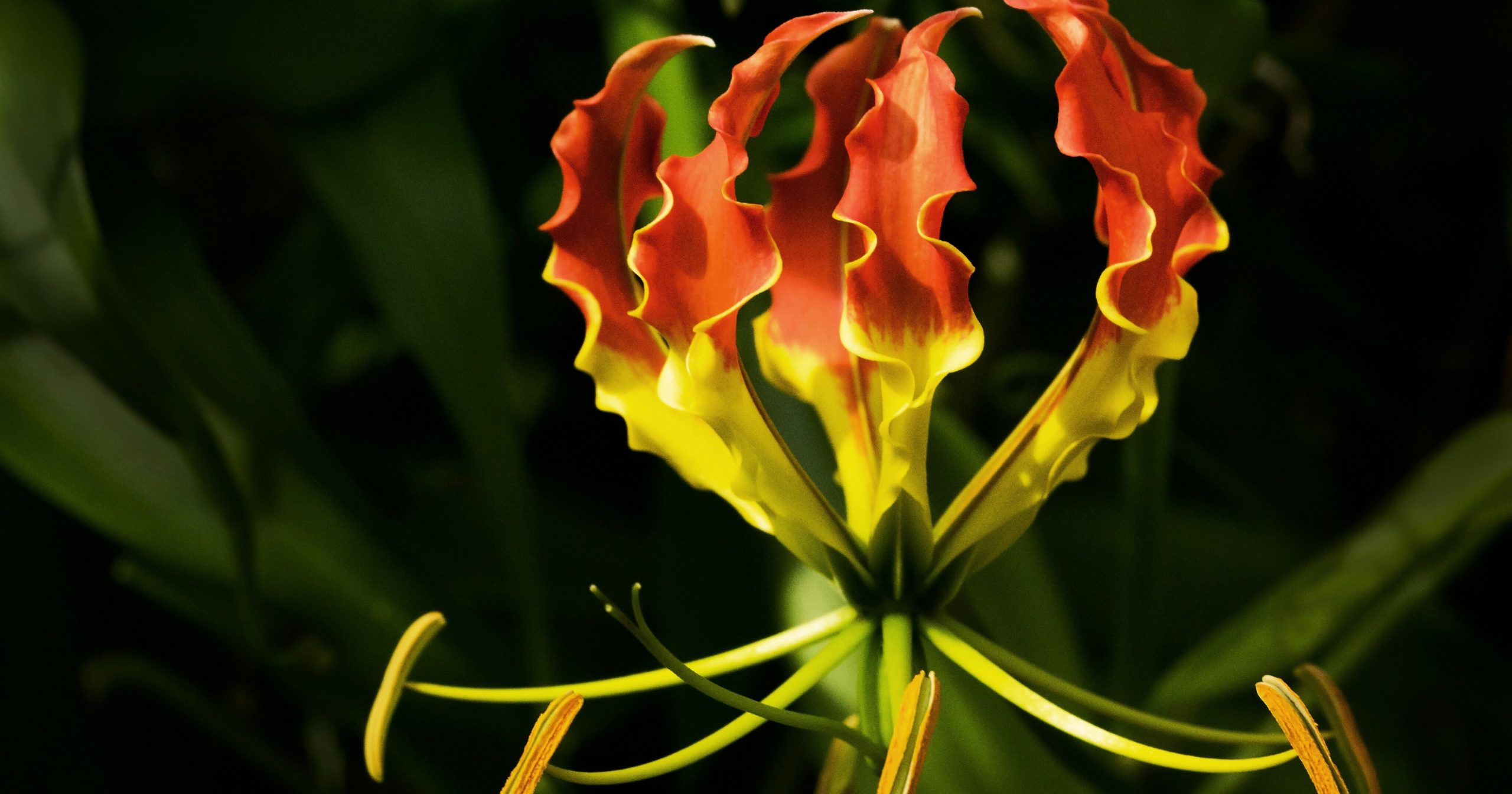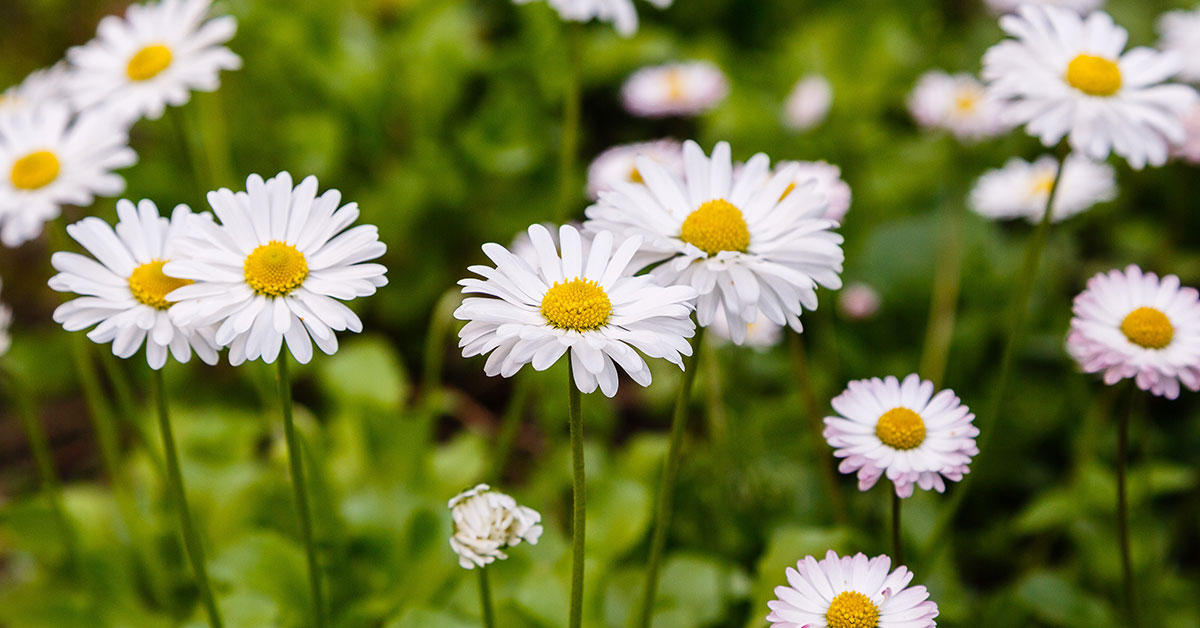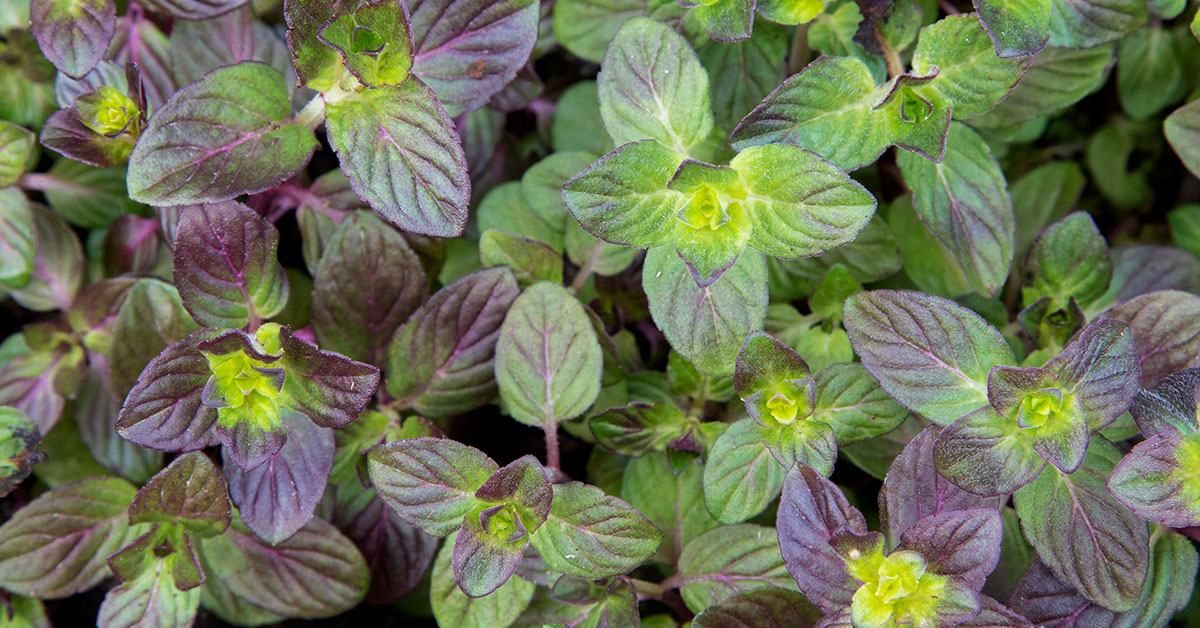The delicate and charming Forget-me-not flowers, scientifically known as Myosotis spp., have long captured the hearts of garden enthusiasts and nature lovers alike. With their vibrant blue hues and small, dainty petals, these enchanting blooms have become symbolic of love, remembrance, and loyalty.
What is a Forget-me-not?
Forget-me-nots, scientifically known as Myosotis spp., are charming and delicate flowering plants that belong to the Boraginaceae family. With their small, five-petaled blossoms in shades of blue, pink, or white, they have captured the hearts of gardeners and nature lovers worldwide. In this blog section, we will delve into the fascinating world of Forget-me-nots, exploring their origins, characteristics, and significance.
Forget-me-nots are native to Europe, but they can now be found in various parts of the world, including North America, Asia, and Australia. These plants typically grow in moist environments such as wetlands, riverbanks, and woodland areas. They thrive in cool climates and are often seen blooming in the spring and early summer months.
One of the most distinctive features of Forget-me-nots is their delicate flowers, which are usually small and clustered together in loose clusters. Each flower has five petals fused together, forming a characteristic cup-shaped appearance. The petals can vary in color, ranging from vibrant sky blue to soft pink or white, depending on the species and variety.
Forget-me-nots are typically low-growing plants, reaching a height of around 6-12 inches (15-30 cm). Their leaves are simple, narrow, and elongated, typically covered in fine hairs. Some species even have leaves with a slightly fuzzy texture, adding to their overall charm.
Forget-me-nots are not only admired for their beauty but also hold significant symbolic meaning. These flowers are often associated with remembrance, true love, and loyalty. The name “Forget-me-not” itself suggests the sentiment of not being forgotten by loved ones, making them a popular choice for bouquets and memorial gardens.
In folklore and literature, Forget-me-nots have been mentioned as symbols of everlasting love and faithfulness. It is said that wearing or carrying these flowers can help keep memories alive and strengthen the bonds between loved ones.
Where are Forget-me-nots native?
Forget-me-nots are charming and delicate flowering plants that are beloved for their vibrant blue flowers and their symbolic meaning of remembrance and eternal love. These little beauties can be found in various parts of the world, but where exactly are they native, including within the United States?
Native to Europe, Asia, and North America, Forget-me-nots are widely distributed across different regions. In Europe, they are commonly found throughout the continent, from the British Isles to the Mediterranean countries and as far east as Russia. In Asia, they can be found in countries such as China, Japan, and Korea.
Within the United States, Forget-me-nots have also established themselves in certain regions. While they may not be native to all states, they have naturalized and can be found in several areas. It’s important to note that some of these locations may have different species or varieties of Forget-me-nots. Here are some of the states where Forget-me-nots can be found:
- Alaska: Forget-me-nots are the official state flower of Alaska, where they are particularly abundant. The Alaskan Forget-me-not (Myosotis alpestris) is a subspecies that is native to the state and commonly seen in meadows and along riverbanks.
- California: Forget-me-nots can also be found in parts of California, particularly in higher elevations and mountainous regions. The California Forget-me-not (Myosotis californica) is a native species that thrives in the state’s diverse ecosystems.
- Washington: The Washington Forget-me-not (Myosotis laxa) is native to the state of Washington, where it can be found in wet meadows, marshes, and along streams. This species is known for its unique pale blue flowers.
- Oregon: Similar to Washington, Oregon is home to the Oregon Forget-me-not (Myosotis oregana). This native species can be found in moist habitats, such as forests, meadows, and along creek banks.
- Colorado: Forget-me-nots can also be found in Colorado, particularly in mountainous regions. The Rocky Mountain Forget-me-not (Myosotis asiatica) is a native species that thrives in alpine environments.
While these states are known for hosting native species of Forget-me-nots, it’s worth mentioning that other varieties or introduced species of Myosotis may also be present in different parts of the country.
Forget-me-nots (Myosotis spp.) are native to Europe, Asia, and North America. Within the United States, they can be found in various states, such as Alaska, California, Washington, Oregon, and Colorado. These delicate flowers bring a touch of beauty and symbolism wherever they grow, reminding us not to forget the importance of remembrance and eternal love.
What do Forget-Me-Nots look like?
Forget-me-nots (Myosotis spp.) are small, delicate flowering plants known for their dainty blooms and vibrant blue color. Here are some characteristics that describe the appearance of forget-me-nots:
- Flowers: Forget-me-nots have clusters of small, five-petaled flowers that are typically blue in color, although some varieties may also have white, pink, or purple blooms. The flowers have a flat or slightly cup-shaped appearance and a yellow or white center. Each individual flower is relatively small, usually measuring around 0.2 to 0.4 inches (5 to 10 mm) in diameter.
- Leaves: The leaves of forget-me-nots are typically lance-shaped or ovate and have a smooth or slightly hairy texture. They grow in a basal rosette formation, meaning they form a circular arrangement at the base of the plant. The leaves are generally medium to dark green in color.
- Growth Habit: Forget-me-nots are herbaceous annual or perennial plants that typically reach a height of about 6 to 24 inches (15 to 60 cm). They have a compact, bushy growth habit, with multiple stems branching out from the base.
- Seeds: After flowering, forget-me-nots produce small seeds that are enclosed within small, round capsules. These capsules contain numerous tiny seeds that can be dispersed by wind or other means.
- Overall Appearance: Forget-me-nots are charming, low-growing plants that create a carpet of delicate blue flowers. Their compact size and profuse flowering make them a popular choice for borders, rock gardens, and woodland settings.
It’s important to note that there are several species and cultivars of forget-me-nots, so the specific appearance may vary slightly between different varieties. However, the general description provided above captures the key characteristics commonly associated with forget-me-not plants.
How to start from seed
Forget-me-nots are charming little flowers that add a touch of blue to any garden. These delicate blooms are often used in borders, containers, or as ground cover. The best way to start growing Forget-me-nots is by planting them from seed. In this section, we will guide you through the step-by-step process of starting Forget-me-nots from seed.
- Choosing the Right Seeds:
Before you begin, ensure that you have high-quality Forget-me-not seeds. You can find these seeds at local nurseries or online garden stores. It’s important to select a variety that suits your climate and growing conditions. - Preparing the Soil:
Forget-me-nots prefer well-draining soil with a slightly acidic pH. Prepare the soil by loosening it with a garden fork or tiller. Remove any weeds or rocks, and incorporate organic matter such as compost or peat moss to improve fertility and moisture retention. - Sowing the Seeds:
Forget-me-nots can be directly sown into the ground or started indoors. If starting indoors, fill seed trays or small pots with a seed-starting mix. Moisten the soil before sowing the seeds on the surface, gently pressing them into the soil. If sowing directly outdoors, scatter the seeds on prepared soil and lightly rake them in. - Providing the Right Conditions:
Forget-me-not seeds require cool temperatures to germinate successfully. Keep the seed trays or pots in a cool location, preferably between 50-60°F (10-15°C). If sowing outdoors, it’s best to plant the seeds in early spring or late fall to take advantage of the cool weather. Ensure the soil remains consistently moist but not waterlogged. - Germination and Transplanting:
Forget-me-not seeds usually germinate within 2-3 weeks. Once the seedlings have grown their first true leaves, they can be transplanted into their final location. If growing in containers, choose a pot that allows for sufficient root growth. If planting them in the ground, space the seedlings about 6 inches apart. - Care and Maintenance:
Forget-me-nots are relatively low-maintenance plants. They prefer partial shade but can tolerate full sun in cooler climates. Water regularly, especially during dry spells, to keep the soil evenly moist. Mulching around the plants will help retain moisture and suppress weed growth. Deadhead the flowers to encourage prolonged blooming. - Overwintering:
Forget-me-nots are biennial or short-lived perennials. If you want them to return year after year, allow the flowers to set seed. The plants will self-sow, ensuring their presence in the garden. Alternatively, you can collect the seeds and store them in a cool, dry place until the following spring for replanting.
How to grow this plant in your garden
Forget-me-nots are charming and delicate flowers that add a whimsical touch to any garden or landscape. With their dainty blue blooms and low-growing habit, they are a favorite among gardeners. If you’re looking to grow Forget-me-nots in your own garden, here are some helpful tips to get you started.
- Choosing the Right Location:
Forget-me-nots thrive in cool, moist environments, so it’s important to choose the right location for them. Ideally, they prefer partial shade, especially in regions with hot summers. Look for a spot in your garden that receives morning sun and afternoon shade or a location that gets dappled sunlight throughout the day. - Soil Preparation:
Forget-me-nots prefer well-draining soil that is rich in organic matter. Before planting, amend your soil with compost or well-rotted manure to improve its fertility and drainage. This will create an ideal growing environment for your Forget-me-nots. - Planting Forget-me-nots:
You can start growing Forget-me-nots either from seeds or transplants. If starting from seeds, sow them directly in the garden after the last frost date. Scatter the seeds over the prepared soil and lightly press them down, as these seeds require light to germinate. If using transplants, dig a hole slightly larger than the root ball and gently place the plant in, making sure the crown is level with the soil surface. Space the plants about 6-12 inches apart to allow for their spreading habit. - Watering and Maintenance:
Forget-me-nots have a high water requirement, especially during the hot summer months. Keep the soil consistently moist but not waterlogged, as excessive moisture can lead to root rot. Regular watering, especially during dry spells, will help your Forget-me-nots thrive. Mulching around the plants can help retain moisture in the soil and suppress weed growth. - Fertilizing:
Forget-me-nots are not heavy feeders, but a light application of balanced fertilizer in early spring can promote healthy growth and abundant blooms. Use a slow-release fertilizer or organic alternatives, following the manufacturer’s instructions for application rates. - Deadheading and Pruning:
To encourage prolonged blooming, it’s important to deadhead the spent flowers regularly. This will prevent the plant from going to seed and redirect its energy into producing more blooms. You can simply pinch off the faded flowers or use small scissors for a cleaner look. Additionally, pruning back the plants after flowering can help maintain their shape and prevent them from becoming too leggy.
Interesting facts about Forget-me-not
Forget-me-nots are a charming and delicate flower that is popular in gardens and landscapes around the world. Their vibrant blue petals and dainty appearance make them a favorite among many garden enthusiasts. But there’s more to these lovely blooms than meets the eye. Here are some interesting and lesser-known facts about Forget-me-nots.
- Symbolism and Name:
Forget-me-nots have a rich history and are often associated with remembrance and true love. Legend has it that a medieval knight named Henry of Lancaster wore a Forget-me-not as a symbol of his love, and before leaving for battle, he gave it to his lover, pledging that he would return. Hence, the name “Forget-me-not” came into existence, symbolizing everlasting love and fidelity. - Biodiversity:
The Myosotis genus consists of around 50 different species, with the most common being Myosotis sylvatica. These plants can be found in various parts of the world, including Europe, Asia, and North America. Each species has its own unique characteristics, but they all share the distinctive blue color that is synonymous with Forget-me-nots. - Medicinal Uses:
Forget-me-nots have been used in traditional medicine for centuries. The plant contains compounds that are believed to have diuretic and anti-inflammatory properties. It has been used to treat ailments such as urinary tract infections, respiratory issues, and skin conditions. While scientific research is limited, these medicinal properties have been recognized in folk medicine for their potential healing effects. - Attracting Wildlife:
Forget-me-nots are not only pleasing to the human eye but also attract a variety of wildlife. Bees and butterflies are particularly drawn to the nectar-rich flowers, making them an excellent addition to any pollinator garden. Additionally, the plant’s seeds are a favorite food source for birds, contributing to the overall biodiversity of an ecosystem. - Edible Flowers:
Surprisingly, Forget-me-nots are not just visually appealing but can also be consumed. The flowers have a mild flavor and can be added to salads, desserts, or used as a garnish. However, it is important to note that not all species of Forget-me-nots are edible, so it is essential to ensure you are using the correct variety before consuming them.
Forget-me-nots are more than just a pretty flower. Their symbolic meaning, biodiversity, medicinal properties, ability to attract wildlife, and even their edibility make them a fascinating plant to learn about. Whether you choose to grow them in your garden or simply appreciate their beauty in the wild, these little blue wonders are sure to leave a lasting impression.


